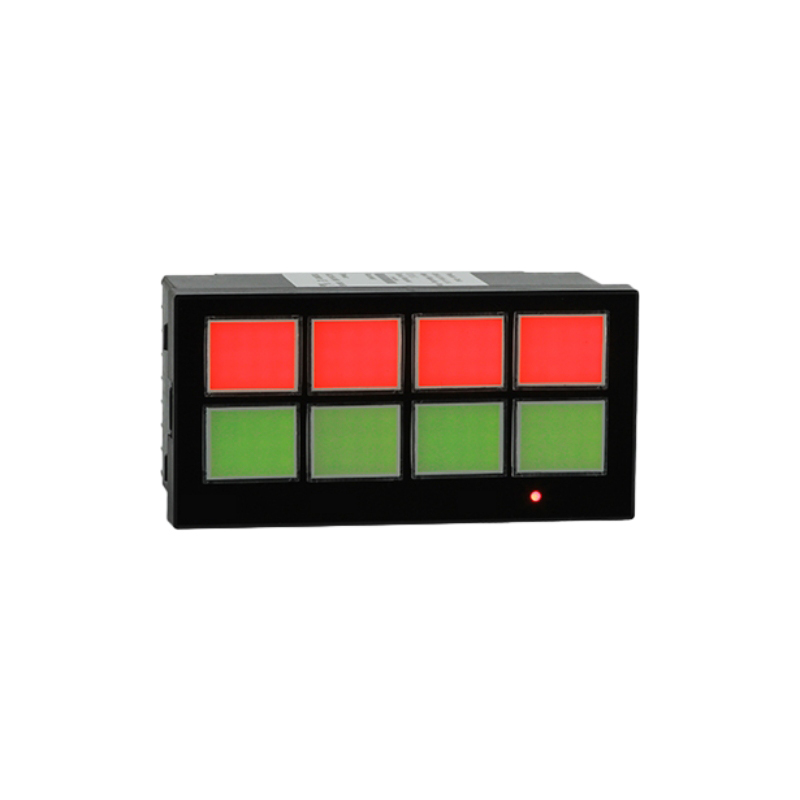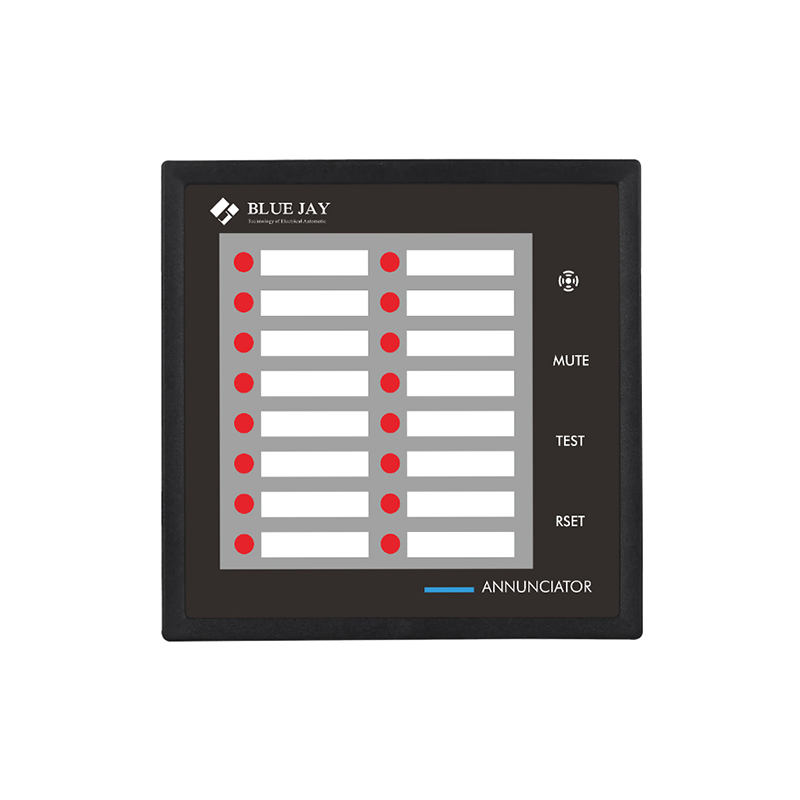Alarm Annunciator
Sell-Best Alarm Annunciator – Real-time Warning & Safe Escort
Real-time monitoring and warning of potential faults are essential in modern industrial and commercial environments. Our fault alarm annunciators can detect abnormal conditions quickly and send out clear alarm signals, helping you locate problems quickly and avoid major losses.
What is a fault alarm Annunciator?
A fault alarm annunciator is a device used to monitor the operating status of equipment or systems and send out alarm signals when abnormalities are detected. It can help operators understand the status of equipment promptly, respond to faults quickly, and improve production efficiency and safety.
What are the functions of a fault alarm annunciator system?
The main functions of a fault alarm annunciator system include:
Real-time monitoring: Continuously monitor the operating parameters of equipment or systems.
Fault detection: Automatically detect abnormal conditions such as abnormal voltage, high temperature, low liquid level, etc.
Alarm prompt: Remind operators through sound and light alarms, remote notifications, etc.
Fault location: Indicates the specific location or cause of the fault.
Data recording: Record alarm events for fault analysis and tracing.
Showing all 2 results
Basic Knowledge Guide to Alarm Annunciators
What are the types of fault Alarm Annunciators?
Depending on the specific application and functional needs, fault annunciators come in several varieties:Panel-Mounted Annunciators: These are integrated directly into control panels, providing a clear, on-site display of alarm conditions.
Remote Annunciators: Utilizing network or wireless technology, these units transmit alarm signals for off-site or centralized monitoring.
Fire Alarm Annunciators: Designed specifically for fire detection systems, these annunciators adhere to established fire safety regulations.
Relay-Based Annunciators: These units use relay outputs to interface with and trigger other control systems.
What is the working principle of the fire Alarm Annunciators?
A fault annunciator operates by continuously monitoring input signals from devices like sensors, switches, or relays. It compares these signals against pre-defined thresholds or logical criteria. When a signal falls outside its normal range or meets a fault condition, the annunciator activates both audible and visual alarms, clearly indicating the fault location or type. Some advanced models include a first-out feature, which records and displays the initial fault in a sequence, simplifying troubleshooting. Operators can acknowledge the alarm with a button press, silencing it and potentially changing the visual indication. Once the fault is resolved, the annunciator can be reset. Many also include relay outputs, enabling them to trigger external devices or control systems.What are the applications of Alarm Annunciators?
Alarm Annunciators are widely used in the following applications:Industrial automation: Monitoring machinery.
Power systems: Tracking substation equipment.
Building management: Overseeing HVAC and fire alarms.
Transportation: Monitoring rail and aviation systems.
Telecommunications: Ensuring network uptime.
Water Level Control: They warn of rising water in tanks or reservoirs, preventing floods.
Gas Leak Detection: They sense dangerous gases like carbon monoxide, keeping people safe.
Fire Alarm Annunciator vs Control Panel
A fire alarm control panel (FACP) is the central command center of a fire alarm system. It receives signals from detectors, processes them, and activates alarms. It is the brain that makes decisions and controls the system.A fire alarm annunciator is like a remote display screen for the FACP. It shows the status of the system (alarms, troubles, etc.) at a different location. It is the eyes allowing people to see what is happening without being at the main panel.


